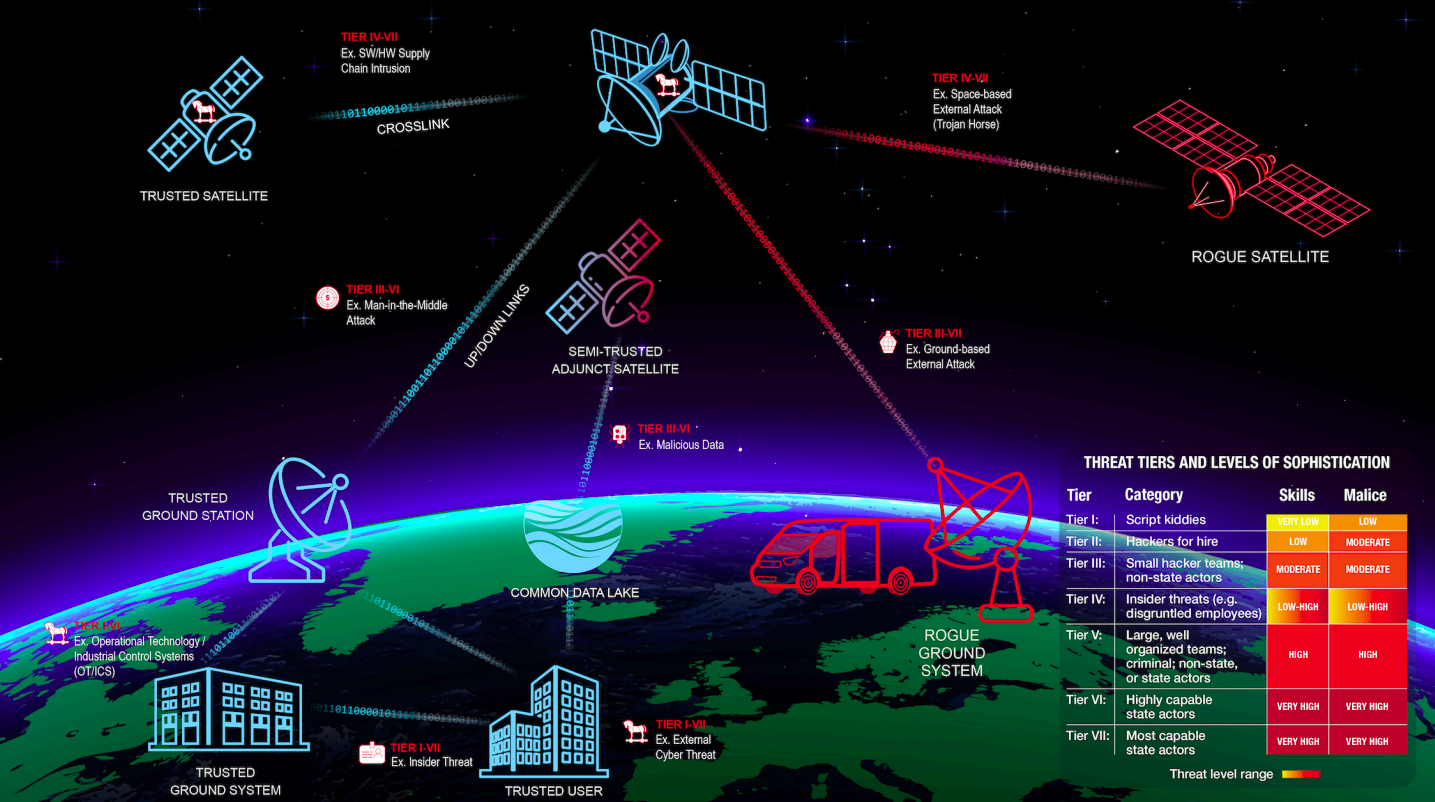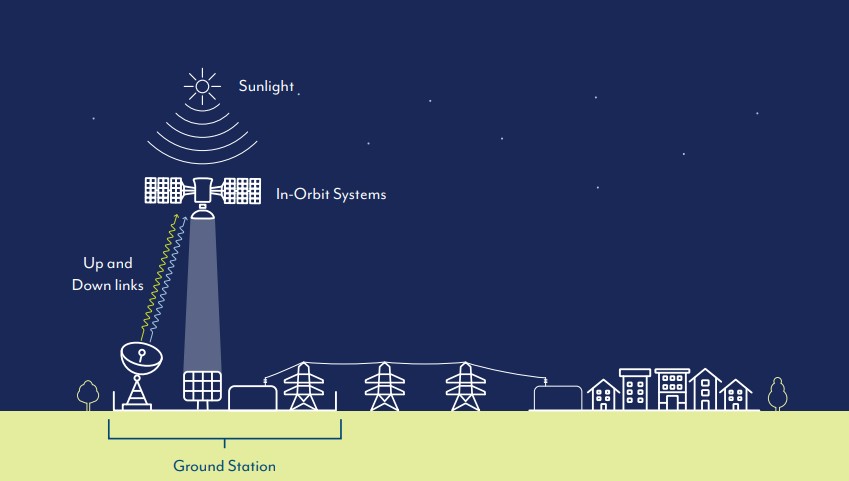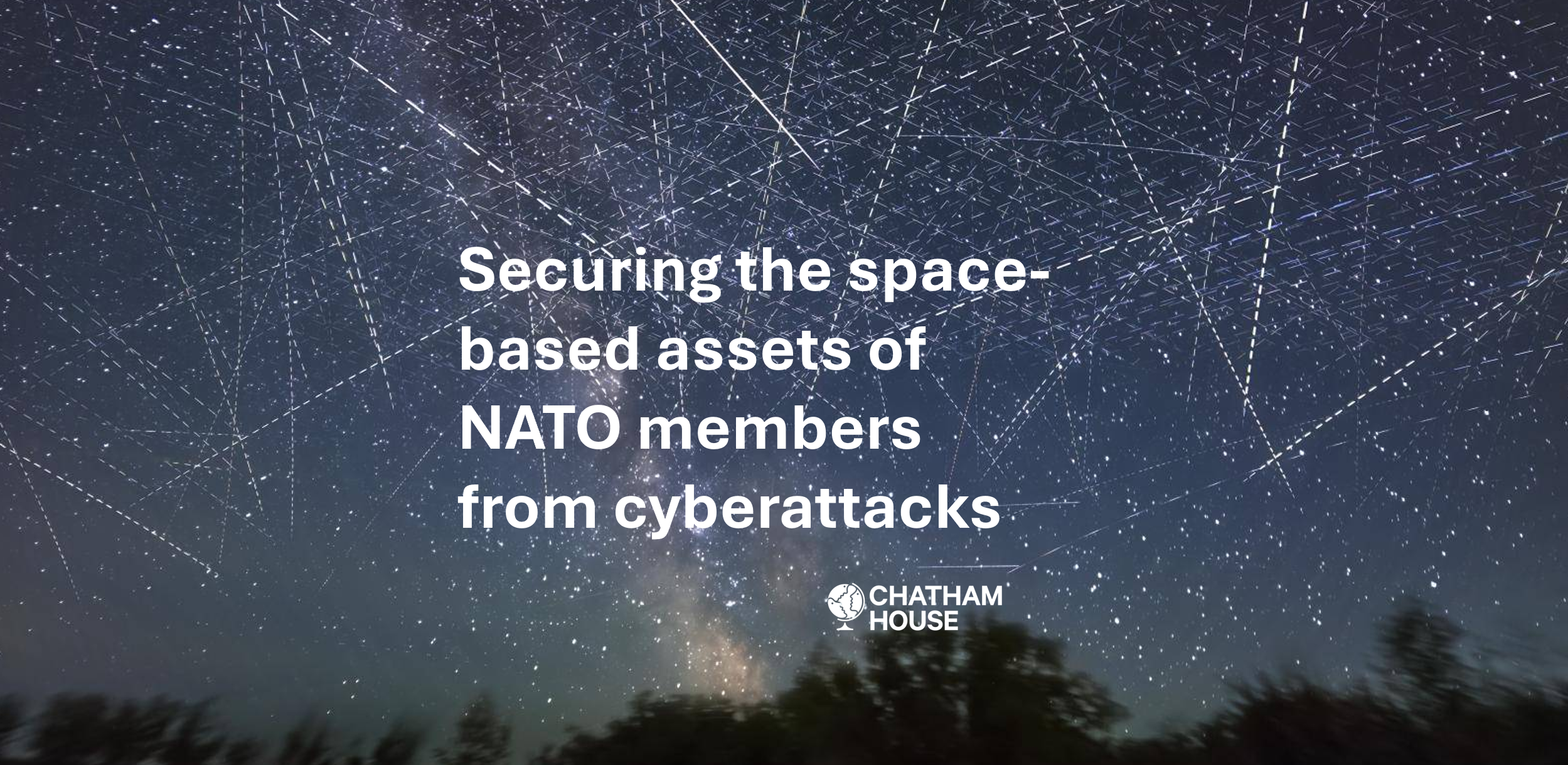Space
The Four C's of Space: Congested, Contested, Competitive and Critical

Our fascination with the domain of space may be unwittingly rooted in a childhood spent watching sci-fi - think of Star Trek, Star Wars and many of the TV shows and movies that followed, and you may have a fondness for 'the final frontier'.
In the past, space was solely reserved for the U.S. and Russia to act out their military industrial 'space race' to the moon.
In the last two decades, 'new space' has changed that reality completely with commercial operators now challenging the original prime manufacturers and more nation states investing in space programmes for both defensive and profitability purposes.
The criticality of space infrastrcuture
Overcyte has spent the last two days at The Australian Space Cyber Forum listening to and learning from the collective wisdom of space and cyber security specialists from around the world.
The summary takeaway? The world is highly reliant on critical space assets and systems - but many of us remain blissfully unaware of that fact.
As more and more launches take place, and more and more companies compete for a piece of the new space pie, it's becoming an increasingly congested and contested domain.
The dual use nature of many assets and missions - for both commercial and defence purposes - makes space a complex operating environment with significant threats and risks and the need for all parties to adequately protect against a range of adversaries across the end-to-end system development lifecycle.
The United Kingdom and Australia both mandate protections against space threats and the US is moving to make space their 17th critical infrastructure sector.
Protecting and defending space systems
Speakers at the Australian Forum highlighted that these threats are not new - the America Landsat-7 and Terra satellites were compromised in 2007 and 2008 with fingers pointed towards nation state adversaries well known for terrestrial cyber attacks.
The 2022 attack on the Viasat network was also highlighted by many participants as illustrative of the risk of spillover from efforts to disrupt military operations in Ukraine impacting civilians reliant on the same sattelite communication service.
The image above is taken from the report Cybersecurity Protections for Spacecraft: A Threat Based Approach by Brandon Bailey of the Aerospace Corporation. Bailey presented an excellent keynote at the Australian forum on the adoption and use of the company's Space Attack Research & Tactic Analysis (SPARTA) framework for systems engineers and cyber defenders alike.
The image highlights threats to and attacks on ground, link and space segments and overlays the type of attacker, their motivation and capability to cause harm.
This visual overview provides the perfect summary of the Viasat attack. Ground-based network intrusion by an attacker exploiting a misconfiguration in a VPN appliance to gain remote access to the trusted management segment of the KA-SAT network resulted in wiper malware AcidRain taking out communications across swathes of Europe.
With Germany and France providing increased guidance to space operators, Overcyte expects the criticality of space systems providing PNT, earth observability, situational awareness and satellite communications to grow and mature in the coming years. We will be watching this space...







.png)

